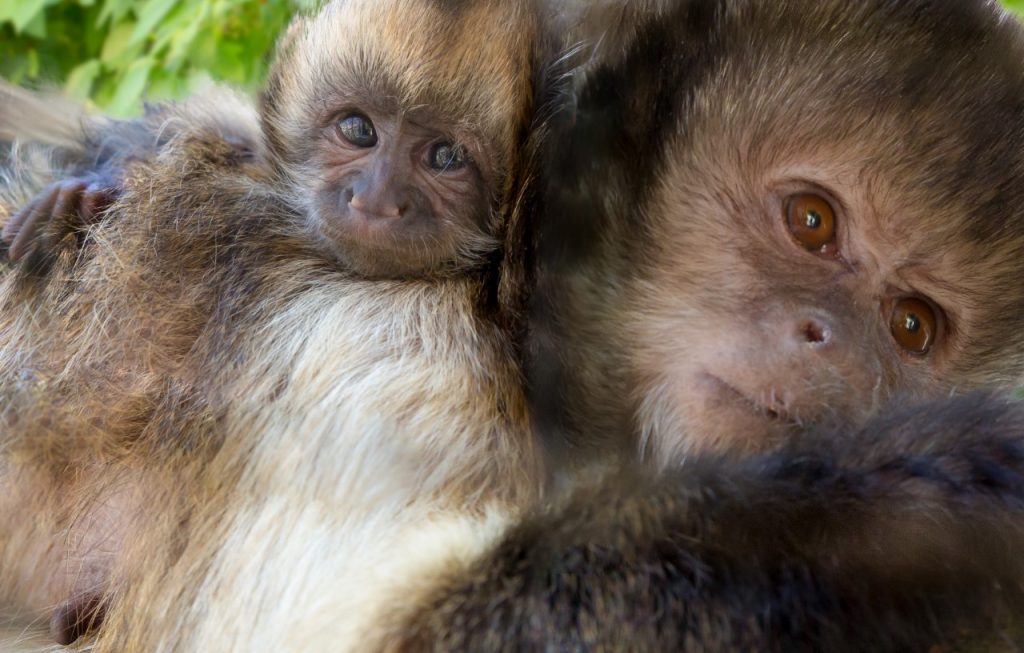Training, enrichment and sound animal nutrition can coexist the development of a multifaceted bird feeding program at the Philadelphia Zoo
Citation
Toddes B, Luu P, Baltz A. 2003. Training, enrichment and sound animal nutrition can coexist the development of a multifaceted bird feeding program at the Philadelphia Zoo. In Ward A, Brooks M, Maslanka M, Eds. Proceedings of the Fifth Conference on Zoo and Wildlife Nutrition, AZA Nutrition Advisory Group, Minneapolis, MN.
Abstract
In conjunction with the development of a new training program, the Zoo developed a 4 part-feeding program for collection birds that integrates training with nutrition and enrichment. This program allowed the Zoo to better monitor the feed intake of individual birds within a mixed species exhibit and collect data on individual animals. The program placed birds into three general groupings by diet category. Diets were broken down into four component parts: base diet, enrichment feed, training feed and, for appropriate species, energy feed. The amount of base diet offered for each bird was formulated to meet the bird’s calculated energy need for maintenance. The base diet was offered early in the morning, placed in the feed dish most frequently visited by the target bird, and left all day. Enrichment feeds were offered as early as late morning and anytime after during the day. Base diet and enric hment feeds were pulled at the end of the day. Energy feeds are available at all times in exhibits that house animals requiring such feeds. Training feeds were only offered during training sessions and are target fed to the specific bird involved in the session. Since the introduction of the program, the bird and nutrition departments have noted profound improvements in animal base diet feed intake, improved keeper morale, heightened bird activity, a reduction in food wastage, decreased diet prep time and improved pest control within bird exhibits
 ToddesNAG03Birds.Final.pdf 21 KB
ToddesNAG03Birds.Final.pdf 21 KB








